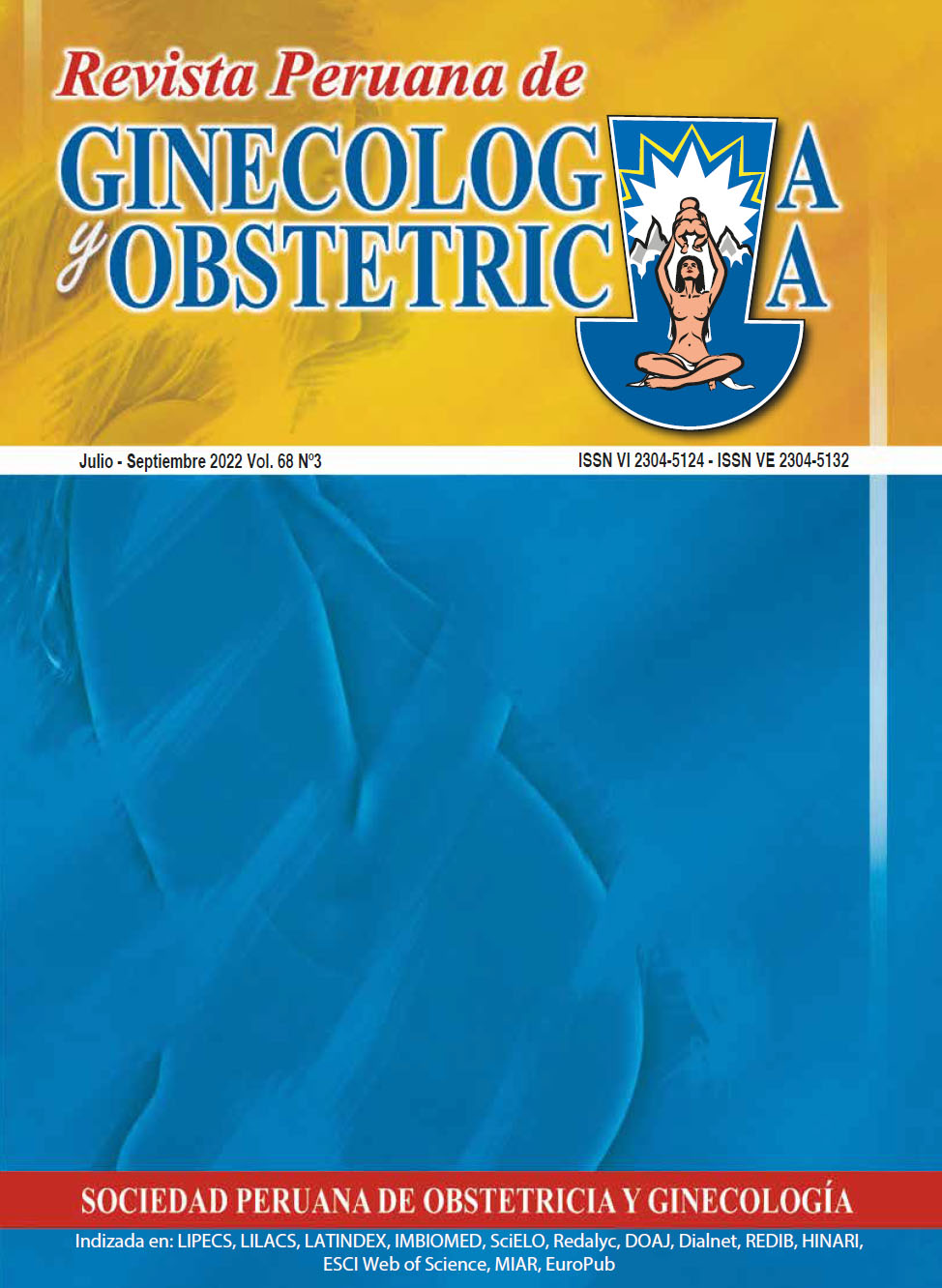Strategies to improve reproductive outcomes after empty follicle syndrome: a case report
DOI:
https://doi.org/10.31403/rpgo.v68i2435Keywords:
Ovarian follicle, empty, Fertilization in vitroAbstract
Empty follicle syndrome (EFS) is the complete failure to retrieve oocytes after ovarian stimulation, despite apparently normal follicular development and adequate follicular steroidogenesis. Two variants of EFS have been described: the genuine form, which occurs in the presence of adequate circulating bhCG or LH levels at the time of oocyte aspiration, and the 'false' form, which is associated with serum hCG/LH levels below a critical threshold. In our patient, after an accepted protocol of ovarian stimulation with human menopausal gonadotropin and follitropin alfa and subsequent follicular maturation with choriogonadotropin alfa, no oocyte clusters were obtained in the ultrasound-guided puncture, so an attempt was made to use other strategies aimed at correcting this situation. The treatment and prognosis of these patients are still poorly understood. Large multicenter studies and systematic reviews are needed to increase understanding of EFS and thus its management, designing better strategies as we tried to do with our patient with the use of double discharge for oocyte maturation.
Downloads
Downloads
Published
How to Cite
Issue
Section
License
Copyright (c) 2022 Aida Tomaizeh, Alberto Armijo, Natalia Flórez, Irene Martínez, María Pilar Tirado, Elena Mantrana

This work is licensed under a Creative Commons Attribution 4.0 International License.
Esta revista provee acceso libre inmediato a su contenido bajo el principio de que hacer disponible gratuitamente la investigación al publico, lo cual fomenta un mayor intercambio de conocimiento global.















